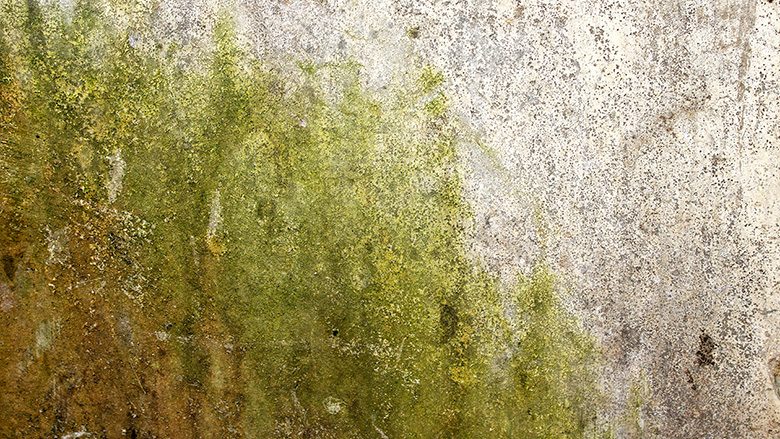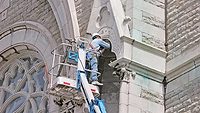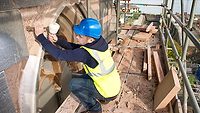6 Modern Strategies for Prolonging the Life of a Historic Residential Property
Historic Property Restorations Come With Additional Challenges

Returning a historic property to its former grandeur is often a difficult challenge. Restoration contractors unfamiliar with the fundamental differences between historic and modern homes will find this task testing.
Properties in designated landmark districts present additional challenges. They’re subject to more restrictions on changes because one crucial mistake can ruin the unique nature of the building.
With that in mind, follow these six tips to restore a historic residential building’s beauty and structural integrity and restore its valuable contents.
Consult With Subject Matter Experts
Regulatory compliance must be front and center when rehabilitating or restoring historic structures. Special rules apply to extraordinary properties, so restoration contractors must be as knowledgeable as possible about the project’s magnitude to plan everything correctly.
Collaborate with architectural histories, state historic preservation office representatives, local code officials and the National Park Service (NPS). They can give restoration professionals much-needed insights into the damaged, historically significant building’s distinctive qualities. Relevant experts and policymakers can also offer guidance to set the rehabilitation parameters by establishing the minimum requirements and determining suitable areas for modernization.
Prioritize Fire Safety
Fire is the most dangerous threat to buildings. Putting a premium on fire protection is the best way to prevent a famed property and its treasures from being engulfed by flames. Inhabited historic homes and those located in areas prone to wildfires are at higher risk of being reduced to charcoal by accident or circumstance.
Contemporary building codes include sections for historic buildings. Some jurisdictions even have subcodes designed for iconic pieces of real estate. Check these standards to learn the required fire safety basics and the applicable materials. The National Fire Protection Association’s NFPA 5000 has a dedicated chapter for building rehabilitation — an additional code worth studying.
Moreover, the NPS recommends using fire modeling to simulate the spread of a fire in various property areas, which is helpful for predictive analysis.1 Knowing how a fire can spread and how fast it can break out enables historic residence restoration professionals to make data-driven engineering decisions.
Manage Hazardous Materials Correctly
Hazardous items can compromise a historic structure’s longevity. Some can ignite without warning or explode due to high heat or when they come into contact with water. Corrosive materials can permanently damage important metallic artifacts. Toxic substances can jeopardize the property’s occupants' health, leading to destructive accidents.
Untouched old properties tend to contain hazardous materials like lead and asbestos. Today, we understand their dangers more than ever, so removing or abating them must be high on the agenda of restoration contractors working on historic properties.

Photo: Jack Bulmer / Unsplash.com
Boost Weather Resistance
Making a historic house immune to the elements is the key to extending its life for as long as possible. Combining airtight construction and ventilation will keep water, not to mention pests and debris, out and control indoor humidity to discourage mold growth.
Weather-sealing the gaps around wall openings, garage doors, exterior doors and windows is a minimally disruptive method to tighten the property’s building envelope. Installing weatherstripping materials and threshold, brush and V-type seals can stop air leakage without noticeably modifying the building’s aesthetics.
Weatherstripping usually lasts two to three years.2 It requires annual inspections to spot signs of wear and tear for prompt replacement. Advise the property’s custodian about it to observe proper maintenance over the long term.
Focus on Seismic Retrofits
About 75% of the United States could experience devastating shaking in the next 100 years.3 The U.S. Geological Survey’s recent National Seismic Hazard Model is a wake-up call to restoration professionals to take the lead in making about 90,000 historic buildings, structures, sites and districts nationwide more resilient to seismic hazards.4
Developing a well-thought-out retrofit plan is necessary to meet seismic design codes. Build a team of qualified and competent construction experts to identify the historic building’s risk factors early. Then, structural reinforcements should be added without altering or removing the features that lend the property unmistakable character.
Handle Damaged Items Mindfully
Restoring relics and antiques can do more harm than good when done incorrectly. Ultrasonic cleaning is a versatile method to clean historic items without causing damage. It uses high-frequency sound waves to remove surface contaminants, including dirt and grime.
Partnering with conservators is wise for repairing compromised documents and photographs. These preservation experts can urgently treat wet, pest-damaged, or mold-infested papers to fix them and prevent the situation from worsening.5
Keep Historic Houses From Being Lost to History
Iconic properties are irreplaceable, so rehabbing them is understandably complicated. These strategies ensure that restored historic houses will continue to stand the test of time, making the additional hoops worth jumping through.
Resources
- https://www.nps.gov/dscw/ds-fire-protection.htm
- https://www.aaagaragedoor.com/blog/ways-to-seal-garage-door/
- https://www.usgs.gov/news/national-news-release/new-usgs-map-shows-where-damaging-earthquakes-are-most-likely-occur-us
- https://www.hpo.nc.gov/historic-preservation/nc-national-register-historic-places/national-register-facts-figures
- https://www.archives.gov/preservation/family-archives/repairing
Looking for a reprint of this article?
From high-res PDFs to custom plaques, order your copy today!






